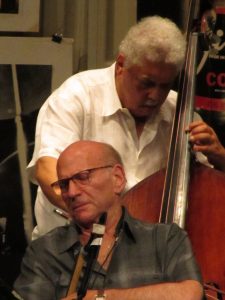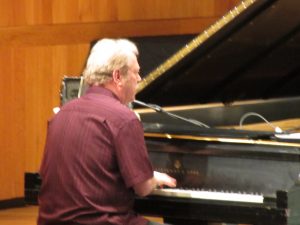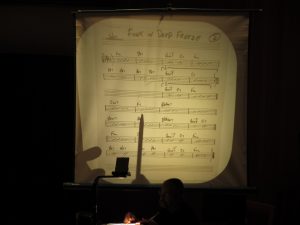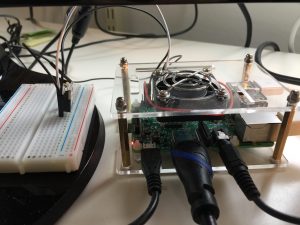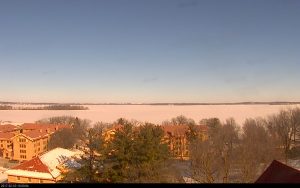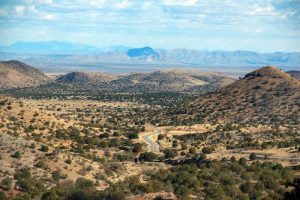The Raspberry Pi is an inexpensive, single board computer that is celebrating its 10th anniversary this year. (https://www.raspberrypi.org/) In these last ten years it has taken the educational, hobbyist and maker markets by storm, because of its large open source community, modest price and ease of programming. The RPi is now in its fourth generation and has spawned a family of products. The most powerful version, the RPi4, is about 100x faster than the original version of 2012. In this post I measure its speed and compare it to four other computers, modern and ancient.
April 2024 S M T W T F S 1 2 3 4 5 6 7 8 9 10 11 12 13 14 15 16 17 18 19 20 21 22 23 24 25 26 27 28 29 30 Archives
-
Recent Posts
Pages


